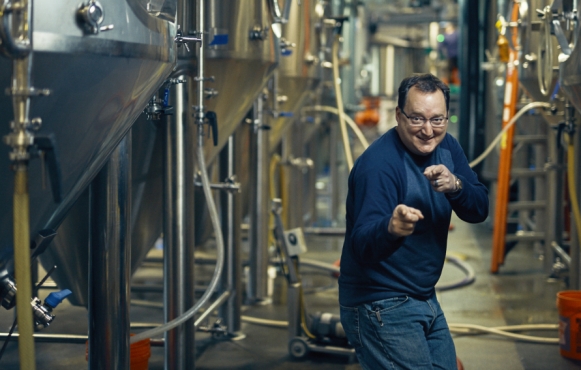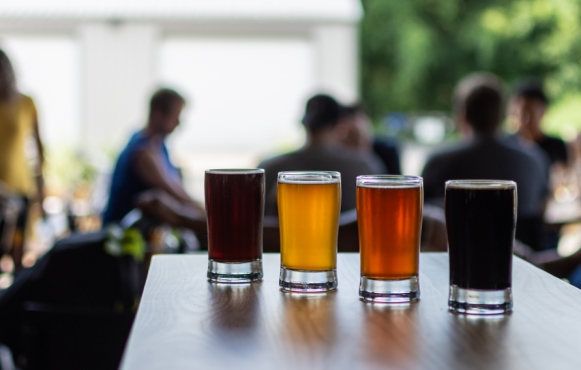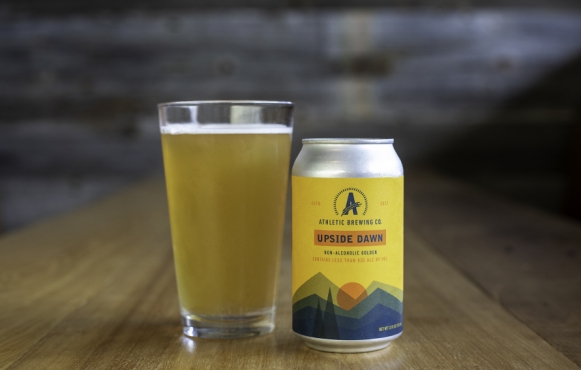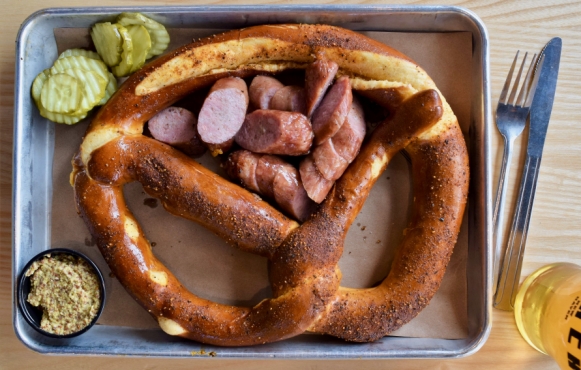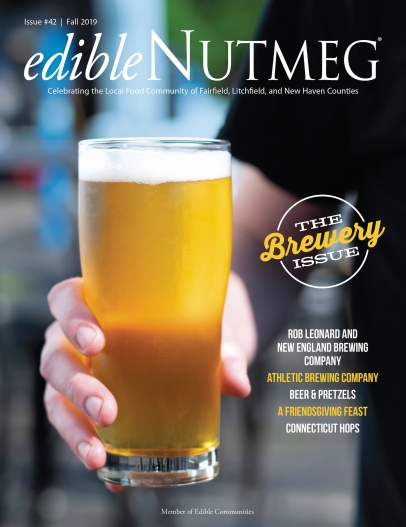
These days, it’s difficult to walk past the coolers in your local liquor store without noticing the amazing variety of craft beer that dominates the shelves. Slots that were once dedicated to a scant few national producers of beer are now overflowing with small brewery names from throughout our region, reflecting an industry landscape that has changed dramatically in just a short number of years.
Yet, this explosion in small brewery production is just the latest chapter in our long relationship with the fermented beverage that has been famously thought of as “the drink that saved civilization,” in reference to the prevalence of beer consumption in early cities where water sources were often tainted and dangerous to drink. Our cultural entwinement with beer is as old as agriculture, and some studies even suggest that our first domestication of grains may have had more to do with making beer than making bread. It was only in the past 150 years, though, that beer was something that was imported. Tiny, local taverns that produced their own beer were one of the only choices for thirsty patrons, at least until pasteurization made the interstate bottling and shipping of beer feasible and, in the process, helped make big, brand-name beer a national obsession.
While major national beer brands may never disappear entirely, it is quickly becoming clear that the remarkable variety of beer types and flavors that craft breweries can offer has increasingly swung the pendulum in favor of these popular “batch” brews, and it is a trend that shows little sign of slowing down. Just a couple of years ago, I recall thinking to myself that this local brewery “bubble” was sure to burst at any moment, and that the 50 or so small breweries in the state already seemed too numerous for Connecticut’s beer industry to support. Today, there are over 100, and the crowds filling any given tap room on a Saturday afternoon suggests widespread success.
I can’t hide my enthusiasm for this movement, not only due to my personal affinity for beer, but also due to the cultural shift that small breweries appear to be driving. While dedicated aficionados can and do tour the state to visit breweries in every corner, it seems to me that many people have begun to treat their local brewery as both bar and gathering hall, something that has been made easier by the sheer volume of them; if your town doesn’t have a brewery, chances are very good that your neighboring town does. By increasingly patronizing small brewery tap rooms, Connecticut’s beer drinkers have, perhaps unwittingly, resurrected the local public house (or “pub”), in which beverages (and often meals) are made and consumed locally. However, the best of it, for me, remains the return of community interaction that was a hallmark of New England’s historical taverns, where you would expect to meet and converse with members of your community on a regular basis. It was as much a reason to visit them as were the drinks they poured.
In this issue, I’m happy to be able to present stories from Connecticut’s community-building breweries. Whether it is the intersection of food trucks and beer at Brewery Legitimus, the partnership of brewers with their municipality in Newtown, or the supportive and experimental atmosphere of legacy breweries like New England Brewing Company, it is clear that craft breweries’ successes are closely tied to the communities that arise around them. But the breweries mentioned in this issue are just the tip of the iceberg in a state that is increasingly plentiful with them. If you’re looking for a place to find a well-crafted pint and company with whom to enjoy it, chances are good that you aren’t going to have to look very far.
Dana Jackson, Editor & Publisher
Fall 2019 full digital edition flipbook



